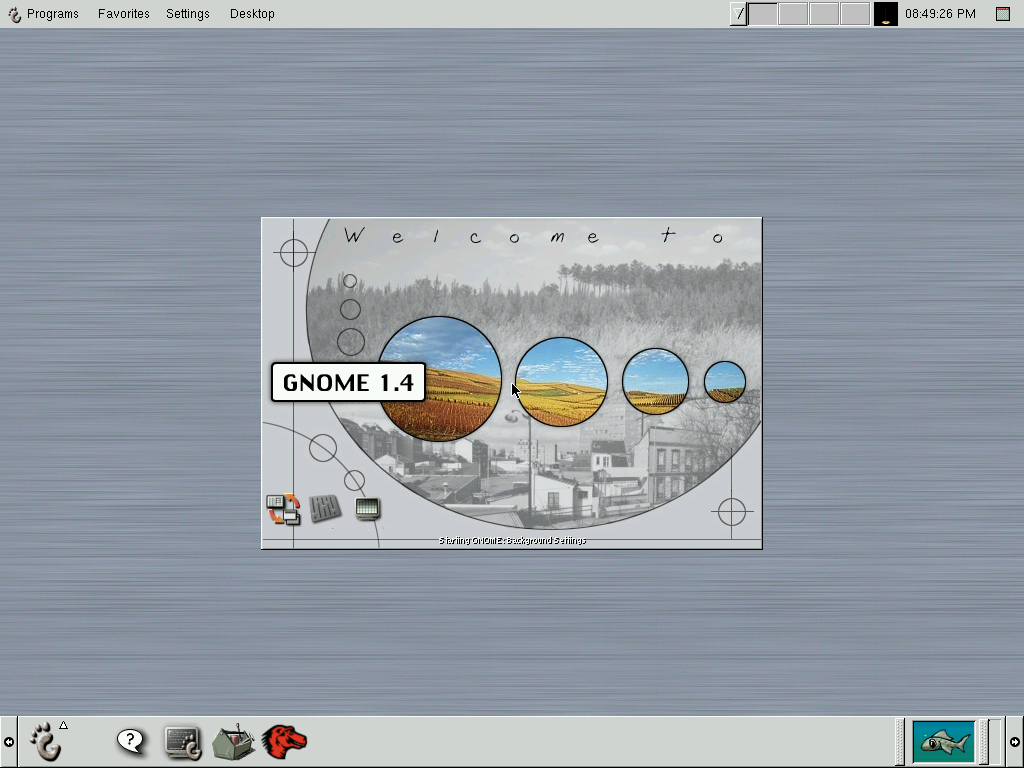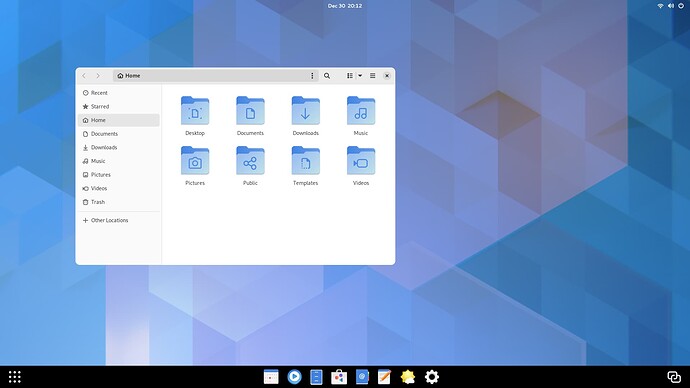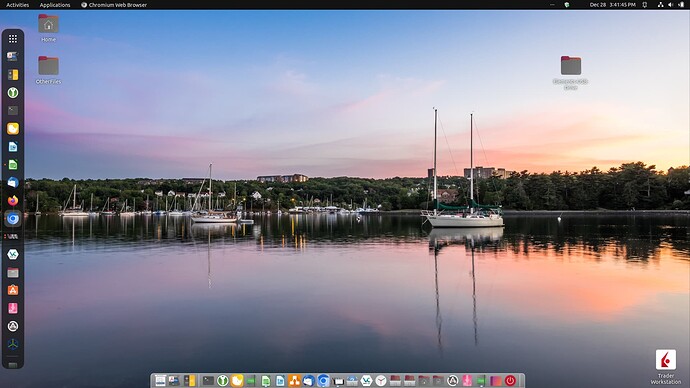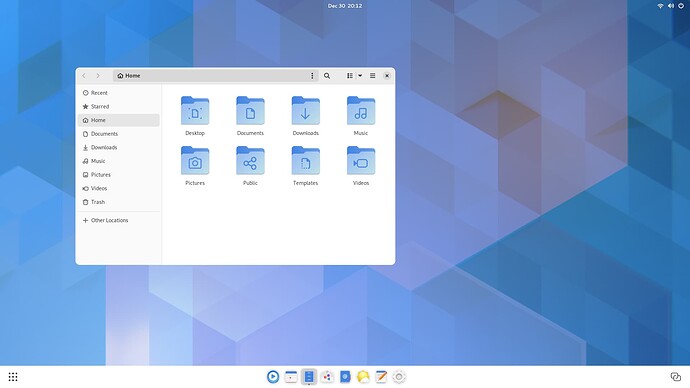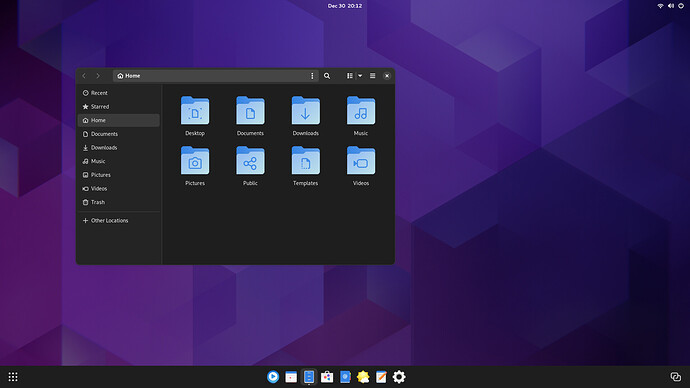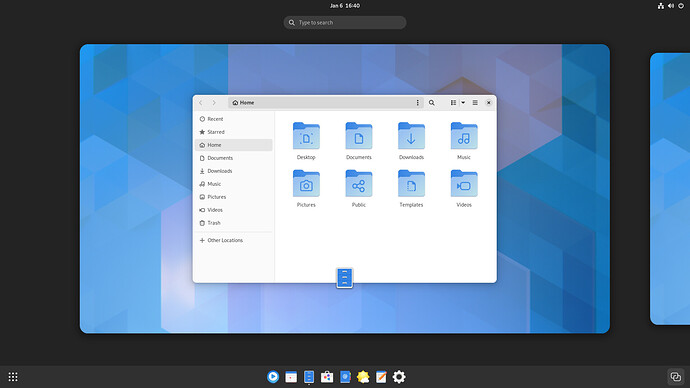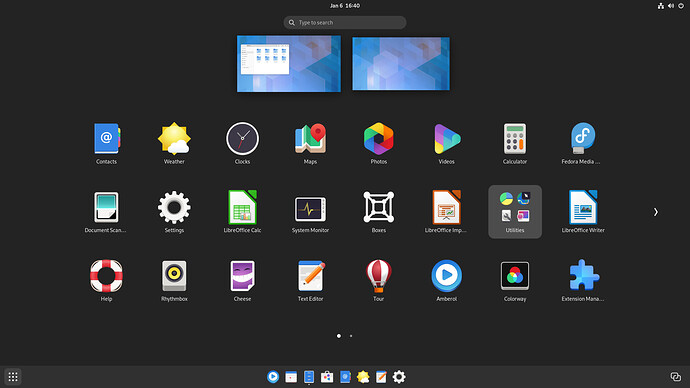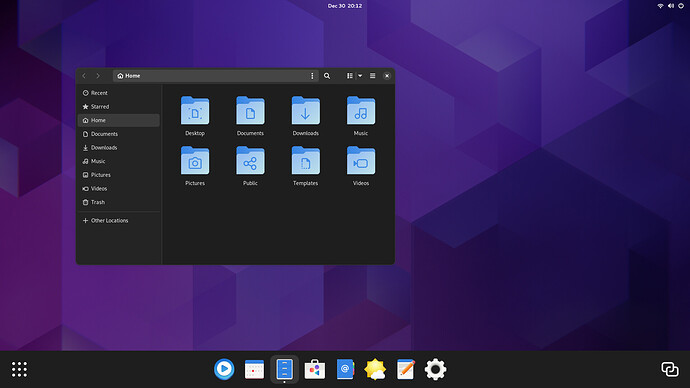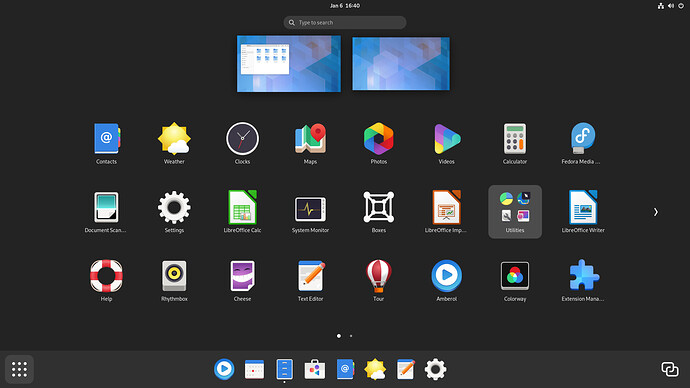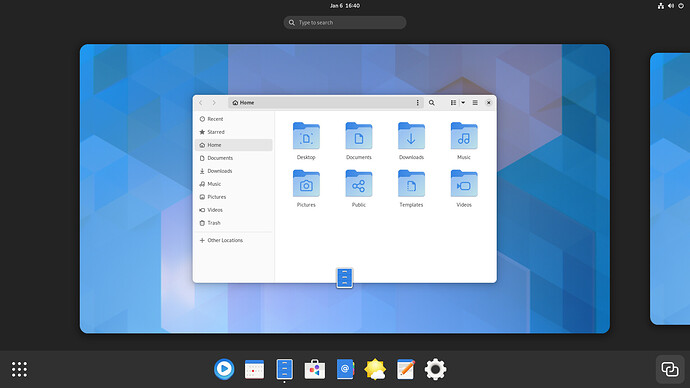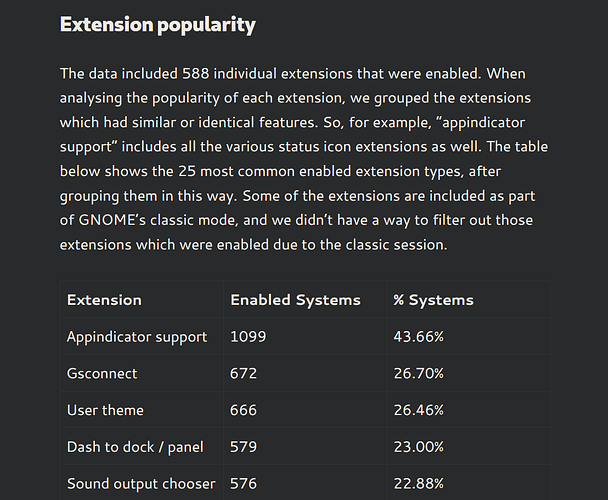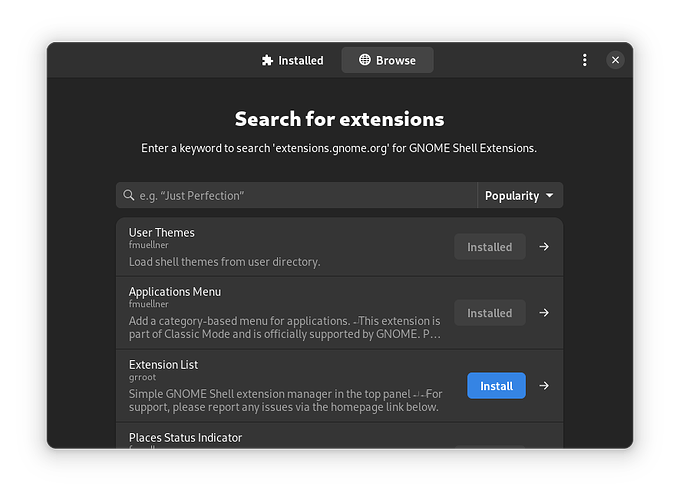@DartDeaDia I love your suggestions and I totally agree. Would like to see them become standard in GNOME as well.
The Dash, in its current form, seems rather awkward and borderline useless to me.
Yes, most of your proposed changes CAN be achieved right now using extensions, but it seems unnecessarily complicated to do so.
Indeed, and that’s exactly why GNOME should do a better job at allowing people to customize their setup to work the way THEY want, instead of forcing them to do things the way the developers prefer.
Being able to to convert the dash into a permanent, standalone dock, for instance, seems like such an obvious feature to have that there SHOULD just be an option in the Settings app to achieve that.
Offering extensions to accomplish this is great, but it feels rather hacky, and the Extensions app doesn’t even come preinstalled on most systems. Also, the entire process of installing them is rather confusing.
First of all, there are not one, but TWO different apps that can be used for that purpose (Extensions and Extension Manager), with the only noticeable difference being that the latter can directly download and install extensions from the web, while the former requires the use of a browser (AND a browser extension) in order to visit extensions.gnome.org and install them from there.
Second, none of this is particularly discoverable. GNOME never tells you about the fact that extensions exist or how to obtain them, and the only way to figure this out appears to be complaining online about this is or that “missing” feature somewhere, and have someone tell you which extension you need to install for that, or stumbling across some article like 17 Things to Do After Installing Fedora 40 and learning about it there.
It would be nice if, instead of being relegated to some murky, semi-official backwater channels, extensions were at least treated as first class citizens within GNOME, for instance, instead of being a separate, optional app, the Extension Manager could be integrated into the Settings app.
![]()
